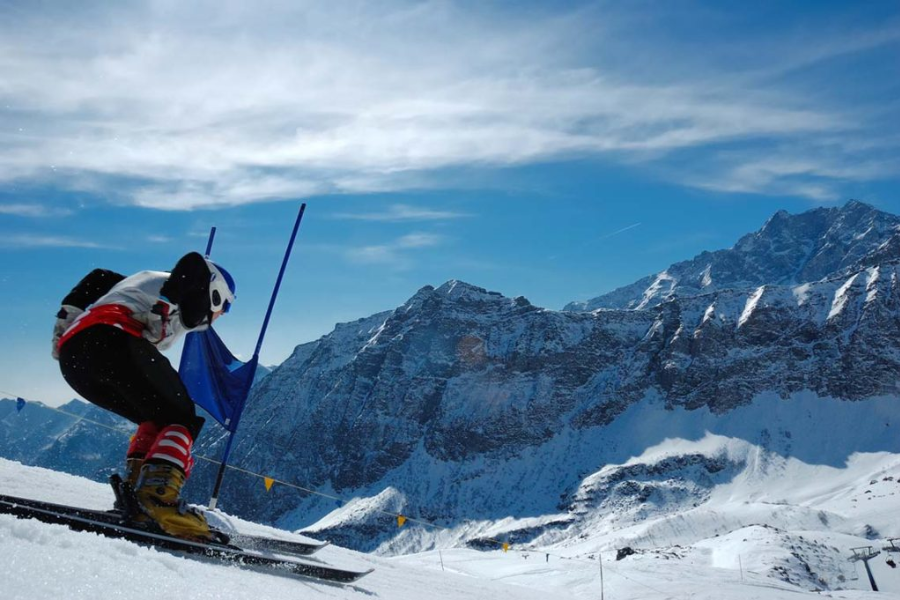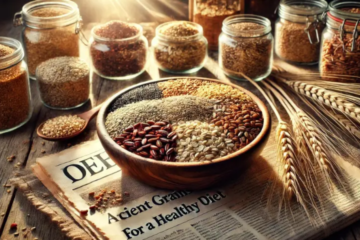Introduction
Morgıç is a mesmerizing and enigmatic tradition that has captivated and intrigued people across various cultures for generations. This unique cultural phenomenon, steeped in mystery and historical importance, has been preserved through the ages, leaving an indelible mark on the communities that cherish it. In this article, we delve into the fascinating world of Morgıç, uncovering its origins, rituals, cultural significance, and contemporary relevance.
Origins of Morgıç
Historical Roots
The origins of Morgıç are deeply rooted in the ancient history of multiple regions. While the exact beginnings of this tradition remain shrouded in mystery, it is widely believed that Morgıç arose from a blend of indigenous practices and influences from neighboring cultures. Some historians trace its roots back to pre-Christian pagan rituals, while others suggest that early agricultural societies, which celebrated seasonal changes and natural cycles, played a pivotal role in its development.
Mythology and Legends
Morgıç is intertwined with a rich tapestry of mythology and legends. These stories often feature deities, spirits, and mythical beings considered integral to the tradition. A popular legend speaks of Morgıça, a benevolent spirit who bestowed fertility and abundance upon the land. This spirit was honored through elaborate ceremonies and offerings—a practice that has persisted in various forms throughout the centuries.
Rituals and Practices
The Core Elements
At the core of Morgıç are its rituals and practices, which can vary significantly depending on the region and community. Despite these variations, some essential elements remain consistent. These typically include ceremonial dances, the use of symbolic objects, and the invocation of ancestral spirits. Participants often wear traditional attire and adorn themselves with intricate accessories, each carrying cultural and spiritual meaning.
Seasonal Celebrations
Morgıç is intimately connected to the cycles of nature, with its rituals often aligned with seasonal changes. Prominent celebrations occur during the solstices and equinoxes, marking the transition between seasons. These events are characterized by vibrant festivities, communal feasts, and rituals aimed at ensuring prosperity and protection for the coming months.
Modern Adaptations
While Morgıç retains many of its traditional elements, it has also evolved to incorporate modern influences. In contemporary settings, rituals may be adapted for urban environments, with new elements introduced to keep the tradition relevant for younger generations. Despite these adaptations, the essence of Morgıç—its connection to nature and the spiritual world—remains steadfast.
Cultural Impact
Social Cohesion
One of the most profound impacts of Morgıç is its role in fostering social cohesion. The tradition brings communities together, creating a shared sense of identity and unity. Through collective participation in rituals and celebrations, individuals strengthen their bonds with one another and with their cultural heritage.
Artistic Expression
Morgıç has also had a significant influence on the arts. Traditional music, dance, and visual arts associated with Morgıç are vibrant and diverse, reflecting the rich cultural tapestry of the communities that practice it. Artisans and performers draw inspiration from the symbolism and mythology of Morgıç, creating works that resonate with both local and global audiences.
Preservation of Heritage
In an era of globalization and cultural homogenization, Morgıç plays a crucial role in preserving local heritage. By maintaining and celebrating this tradition, communities ensure that their unique cultural identity is passed down to future generations. This preservation effort is often supported by cultural organizations and government initiatives aimed at safeguarding intangible cultural heritage.
Traditional Customs and Rituals Associated with Morgıç
The practice of Morgıç is marked by a wealth of customs and rituals that have been carefully preserved and handed down through generations. These traditions are deeply meaningful, serving as a conduit for cultural expression and spiritual beliefs. From the intricate preparations leading up to Morgıç celebrations to the ceremonial practices during the festivities, each element is carefully orchestrated to honor the essence of this tradition. In exploring the various rituals, ceremonies, and customs integral to Morgıç, we gain a deeper appreciation for the depth and complexity of this cultural heritage.
The Celebration of Morgıç in Different Regions
Morgıç is not a monolithic tradition but a dynamic and multifaceted practice that has evolved and adapted to the unique cultural landscapes of different regions. As we explore the diverse expressions of Morgıç, we uncover the nuances and variations that make each celebration unique. From the vibrant and colorful festivities of the southern regions to the more subdued and contemplative observances of the northern communities, the celebration of Morgıç reflects a rich tapestry of cultural diversity. Examining these regional differences provides a comprehensive understanding of the tradition’s depth and breadth.
Traditional Morgıç Attire and Accessories
The attire and accessories associated with Morgıç are not merely decorative; they hold deep symbolic and cultural significance. The intricate designs, materials, and patterns used in traditional Morgıç attire often represent the values, beliefs, and identity of the communities that create them. As we delve into the world of Morgıç fashion, we uncover the intricate craftsmanship and the meanings embedded in each garment and accessory. From vibrant ceremonial robes to delicate and intricate jewelry, these elements play a crucial role in the Morgıç experience.
Traditional Morgıç Food and Beverages
Morgıç celebrations are incomplete without the rich and diverse culinary traditions that accompany them. The traditional foods and beverages associated with Morgıç are more than just sustenance; they embody cultural identity, spiritual beliefs, and community bonds. From fragrant and flavorful dishes to ceremonial beverages integral to the rituals, each culinary element tells a unique story. Exploring these gastronomic delights reveals the deep connections between food, culture, and the Morgıç tradition.
Modern Interpretations and Adaptations of Morgıç
As with any enduring cultural tradition, Morgıç has evolved to reflect contemporary times. While the core essence of the tradition remains intact, modern interpretations and adaptations have emerged, showcasing the dynamic nature of cultural heritage. In this section, we examine how Morgıç has been reinterpreted and reimagined by contemporary artists, designers, and practitioners. We explore how the tradition has been adapted to suit modern audiences while honoring its rich history and significance.
Conclusion
Morgıç stands as a testament to the enduring power of cultural traditions and their ability to adapt and thrive across generations. This enigmatic practice, with its deep roots in history, mythology, and nature, continues to play a vital role in the lives of the communities that cherish it. As Morgıç evolves to meet the needs of modern society, it remains a profound expression of cultural identity, spiritual belief, and communal unity. By preserving and celebrating Morgıç, we not only honor the past but also ensure that this rich heritage will continue to inspire and enrich future generations.
FAQs
1. What is Morgıç?
Morgıç is a cultural tradition with ancient origins, involving rituals, ceremonies, and celebrations deeply rooted in mythology, nature, and spirituality. It is practiced in various regions, each with its unique adaptations.
2. Where did Morgıç originate?
The origins of Morgıç are believed to be rooted in ancient, pre-Christian pagan rituals and early agricultural societies. Its development was influenced by a blend of indigenous practices and neighboring cultures.
3. What are the key elements of Morgıç rituals?
Morgıç rituals typically include ceremonial dances, the use of symbolic objects, and the invocation of ancestral spirits. These rituals are often aligned with seasonal changes, such as solstices and equinoxes.
4. How has Morgıç evolved in modern times?
While Morgıç retains many of its traditional elements, it has adapted to contemporary settings. Modern interpretations may incorporate new elements to keep the tradition relevant, especially in urban environments.
5. What is the cultural significance of Morgıç?
Morgıç plays a crucial role in fostering social cohesion, preserving cultural heritage, and inspiring artistic expression. It is a vital tradition that connects communities to their history, identity, and spiritual beliefs.
6. How do different regions celebrate Morgıç?
Morgıç is celebrated differently across regions, reflecting the unique cultural landscapes of each area. Celebrations can range from vibrant and colorful festivities in southern regions to more subdued observances in the north.
7. What are traditional Morgıç foods and beverages?
Traditional Morgıç foods and beverages are integral to the celebrations, embodying cultural identity and spiritual beliefs. These culinary elements often include fragrant dishes and ceremonial beverages that hold deep symbolic significance.
8. What is the significance of traditional Morgıç attire?
Traditional Morgıç attire and accessories are rich in symbolism and cultural meaning. The designs, materials, and patterns used often represent the values, beliefs, and identity of the communities that create them.
Stay tuned for the latest news and updates on ytmp3




